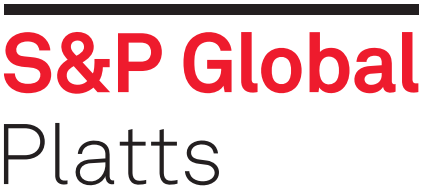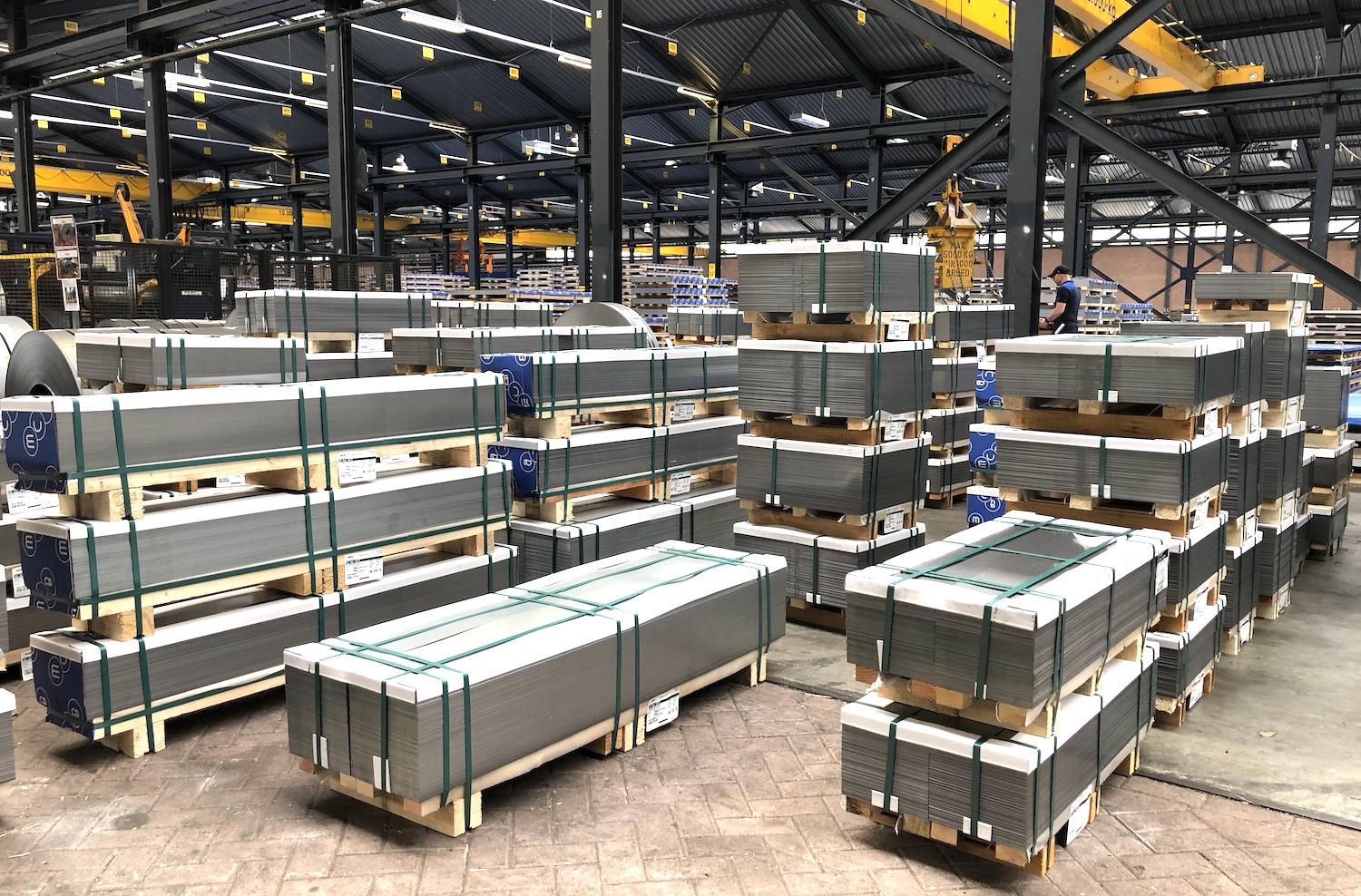Germany-headquartered steel processor Wuppermann said Dec. 6 that it would achieve “CO2-neutral” galvanized steel strip production by 2025 across all sites.
Wuppermann found that the largest share of the company’s energy requirements is generated in strip galvanizing. The company has adopted the “heat-to-coat” process for the production of 1 million mt of strip galvanized steel a year at its three glavanizing sites, which saves more than 30% of CO2 emissions compared to conventional galvanizing, the company said.
“While conventional galvanizing processes are based on fossil energies, our process is electricity-based. This means we can galvanize our strip on the basis of green electricity — a significant competitive advantage in terms of sustainability,” said Johannes Nonn, spokesman of the Wuppermann executive board, adding that about half of the CO2 emissions come from zinc smelting and the company is having discussions with zinc suppliers on the issue.
The processor will only use renewable energy for the production. Since the beginning of the year, the Austrian production sites are powered exclusively by hydropower and the Dutch site in Moerdijk will switch to wind power from 2022. The electricity supply contracts at the production sites in Hungary and Poland will also be successively converted to CO2-free or green electricity.
The company did not say whether they would be looking at the emissions of the pre-material of the galvanized strips as well.
— Laura Varriale






